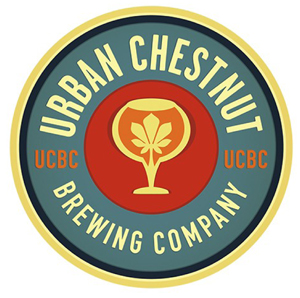Firestone Walker Brewing Co. will soon offer its Proprietor’s Reserve Series outside of the brewery’s West Coast home. The series will be distributed, when available, in 22-ounce bottles as well as a very limited release of kegs.
The Proprietor’s Reserve Series includes Double Jack, a double IPA based off of Firestone’s award winning Union Jack IPA; Walker’s Reserve, a bottle-conditioned robust porter; Parabola, a barrel-aged Russian Imperial Stout; and Abacus, a barrel-aged barleywine, as well as their anniversary blend.
“Every brewer relishes testing the outer limits of their creativity and equipment,” FW brewmaster Matt Brynildson said for a press release. “We have been honing these beers for a while, but I wasn’t sure that we would ever produce them at any appreciable level. The brew team is fired up!”
This year’s anniversary beer, “14”, will be released in November, kicking off the Reserve Series. Double Jack and Walker’s Reserve will be released in January and be available year-round, while Parabola and Abacus are one-time limited releases for later in 2011.
Firestone Walker Brewing, based in Paso Robles, Calif., will also be sending its Proprietor’s Reserve Series east, said John Bryan, “Export” Director at Firestone Walker.
“The Reserve Series will be in States where we currently distribute (which includes New York, New Jersey and Virginia) and we are perusing other markets along the East Coast as beer becomes available,†he said.



